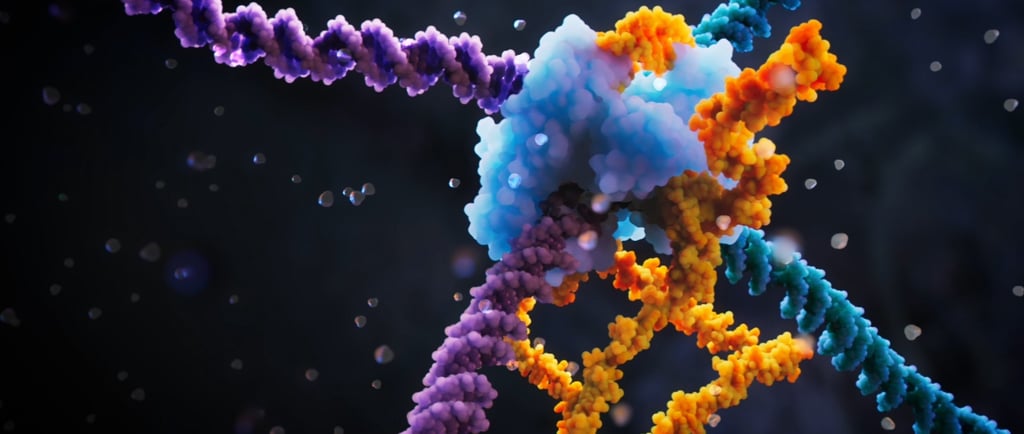Unveiling the Potential of Bridge RNAs in Gene Editing


Introduction to Gene Editing Innovations
In the ever-evolving field of genetic research, scientists continually seek innovative tools and methodologies to advance our understanding of DNA manipulation. Researchers at the Arc Institute have introduced an exciting breakthrough with bridge RNAs, a novel gene editing tool that promises precise rearrangement of DNA sequences. This innovation is set to revolutionize therapeutic approaches for various complex genetic disorders.
Understanding Bridge RNAs
Bridge RNAs represent a significant leap in gene editing technology, providing a mechanism that facilitates the accurate cutting and pasting of genetic material. Unlike traditional CRISPR systems that often target specific sequences, bridge RNAs can manipulate larger segments of DNA, offering unparalleled flexibility in genetic modification. This capability makes them particularly potent for addressing genetic disorders that involve large-scale variations. The ability to rearrange, delete, or insert genes accurately opens new pathways for treating diseases that have long eluded effective solutions.
Implications for Genetic Disorders
The introduction of bridge RNAs as a gene editing tool has substantial implications for treating complex genetic disorders. Many of these disorders arise from significant genetic variations, including large duplications and chromosomal rearrangements. By employing bridge RNAs, researchers can target specific regions of the human genome more precisely, resulting in more effective treatments with potentially fewer side effects. This approach not only aims to correct underlying genetic malfunctions but also enhances our understanding of gene function and expression.
As researchers continue to explore the full potential of bridge RNAs, it is evident that this novel tool could usher in a new era of genetic therapies. By enabling precise gene editing with vast applications, bridge RNAs stand out as a beacon of hope for those affected by complex genetic disorders. Their ability to seamlessly integrate into genetic pathways represents a crucial advancement in our quest for effective treatments and therapies.
